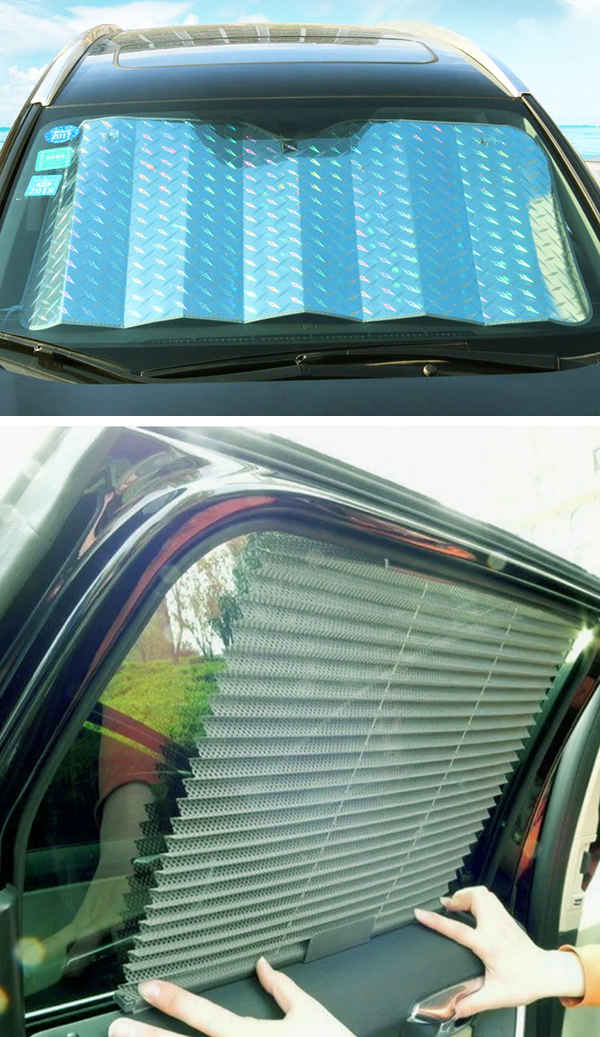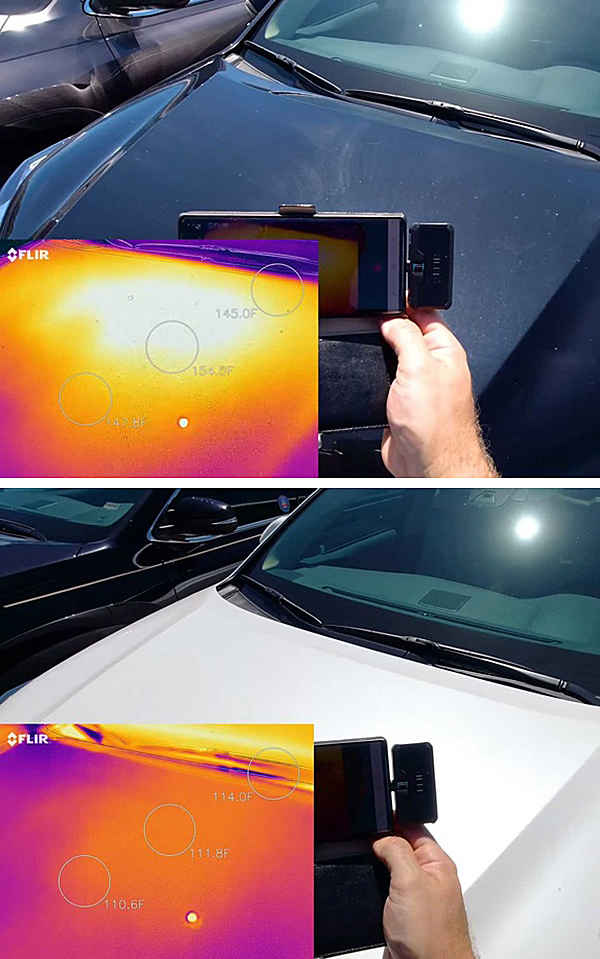Are darker colored cars hotter than lighter cars when out in the sun?
Indeed, darker colored cars generally become hotter than lighter colored cars when exposed to sunlight. This phenomenon occurs due to several factors, including light absorption, thermal conductivity, and the materials used in car interiors.
This article delves into the reasons behind this heat difference, offers practical solutions to mitigate heat, presents illustrative examples, shares interesting facts, and discusses recent news related to this topic.

Why Darker Cars Are Hotter
- Absorption of Light:
Dark Colors: Absorb more light and convert it into heat.
Lighter Colors: Conversely, lighter colors reflect more light and absorb less, resulting in cooler interiors.
- Thermal Conductivity:
The materials used in car manufacturing can conduct and retain heat differently. Metals and composites in darker cars might retain more heat due to their color and finish.
- Interior Materials:
Darker interior materials can amplify the heat effect of a dark exterior by absorbing more heat, making the car’s interior even hotter.
What Can Be Done to Mitigate Heat in Dark Cars

- Use Sunshades:
Placing sunshades on your windshield can significantly reduce the amount of heat entering the car. They reflect sunlight, keeping the interior cooler.
- Tinted Windows:
Tinted windows can block a significant amount of UV rays and heat from entering the car. It’s essential to check local regulations regarding permissible tint levels.
- Park in Shade:
Whenever possible, park in shaded areas to reduce direct sunlight exposure.
- Ventilation:
Utilize the car’s ventilation system effectively by airing out the car before driving. Opening windows and using air conditioning can quickly reduce internal temperature.
- Ceramic Coatings:
Modern ceramic coatings can reflect more sunlight and heat, helping to keep the car cooler.
Examples Illustrating the Heat Difference

- Black vs. White Cars:
Studies have shown that black cars can be up to 20 degrees Fahrenheit hotter than white cars when parked in the sun. For instance, if the outside temperature is 90°F, the interior of a black car can reach 140°F, while a white car might only reach 120°F.
- Measurement of Surface Temperature:
Experiments measuring the surface temperature of car roofs indicate that black cars can reach temperatures of 190°F, while white cars may stay around 140°F under the same conditions.
Interesting Facts

Thermal Imaging Studies:
Thermal imaging cameras show a clear temperature gradient, with dark cars appearing much hotter in thermal images compared to lighter ones.
Fuel Efficiency:
Hotter interiors can affect fuel efficiency as more energy is required to cool the car down, leading to increased fuel consumption.
Safety Concerns:
Extremely high temperatures inside a car can pose safety risks, especially to pets and children left unattended in vehicles.
Recent News

Innovations in Car Paint:
Recent advancements in car paint technology aim to reduce heat absorption. Manufacturers are developing special pigments that reflect infrared light while still maintaining a dark color.
Legislation on Tinted Windows:
Some states have updated their regulations to allow higher levels of tinting in response to increasing temperatures and public demand for cooler car interiors.
Automaker Initiatives:
Companies like Tesla are offering advanced climate control systems that can pre-cool the car using smartphone apps, addressing the issue of heat in parked cars.
Darker colored cars do indeed get hotter than lighter colored cars when left out in the sun due to their higher absorption of light and heat. However, there are several effective strategies to mitigate this heat, example: using sunshades, tinted windows, and parking in shaded areas.
With ongoing advancements in car paint technology and interior cooling systems, the future looks promising for those who prefer darker cars but want to stay cool.












